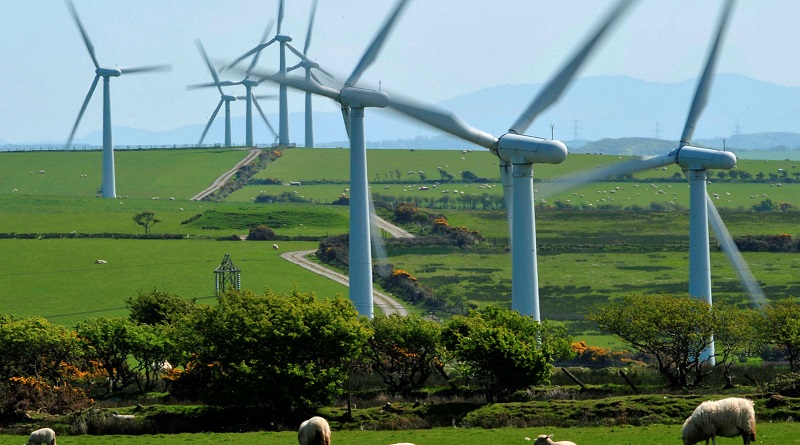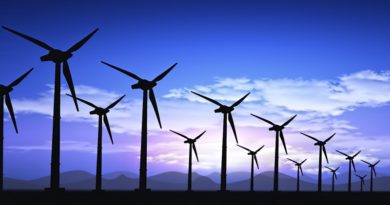UN climate body to scale up climate technologies
The United Nations Climate Change recently published a report summarizing the national climate action plans submitted by governments under the Paris Agreement, known as Nationally Determined Contributions (NDCs).
The report showed that nations must submit stronger, more ambitious national climate action plans in 2021 if they are to achieve the Paris Agreement goal of holding the global average temperature rise to as close as possible to 1.5°C by the end of the century.
The publication also highlighted climate technologies as a prerequisite for the implementation of the NDCs.
The technology needs mentioned by Parties were mainly in the areas of energy, agriculture, water, waste, transport, climate observation and early warning.
In terms of specific technologies that Parties intend to use for achieving their adaptation and mitigation targets, the most frequently identified were cross-sectoral energy efficient appliances and processes, enhanced utilization of renewable energy technologies such as hydropower, solar, wind and biomass, low- or zero-emission vehicles, blended fuel, waste to energy technologies and climate-smart agriculture.
Key recommendations and inspiring examples of climate technology on the ground
Meanwhile, the UNFCCC’s Technology Executive Committee (TEC) and the Climate Technology Centre & Network (CTCN) have prepared a joint publication and presented first joint recommendations on stimulating the uptake of climate technologies, which was considered by governments at the UN Climate Change Conference in November.
The publication identifies success stories and lessons learned regarding the uptake of technologies in support of the implementation of national climate action plans, presents observations and concludes with recommendations. It covers 8 examples of concrete examples of climate action on the ground:
* Developing technological tools for adapting to climate change in coastal zones of Uruguay
*Adapting to floods and droughts in India through the water storage technology Bhungroo
*Making buildings more energy efficient in South Africa
*Increasing energy efficiency in the Solomon Islands
*Accelerating the uptake of climate technologies in micro, small and medium-sized enterprises in Chile
*Advancing low-emission mobility solutions Cambodia
*Strengthening climate-resilient agriculture in the Dominican Republic
*Utilizing ocean energy in Nauru
Governments meeting at COP26 considered the joint activities of the Technology Executive Committee (TEC) and the Climate Technology Centre and Network (CTCN) including the joint publication on NDC and technology and asked the TEC and the CTCN to continue their work on technology and nationally determined contributions in 2022–2023, in particular by implementing relevant recommendations in the joint publication.
In response to the COP decision, the TEC and the CTCN will continue its work on technology and NDCs by implementing the recommendations to catalyse the development and use of action-oriented technology road maps for different sectors at the global, regional and national level, in line with NDC targets and the goals of the Paris Agreement.
The joint publication was launched during Technology Mechanism side event at COP26




